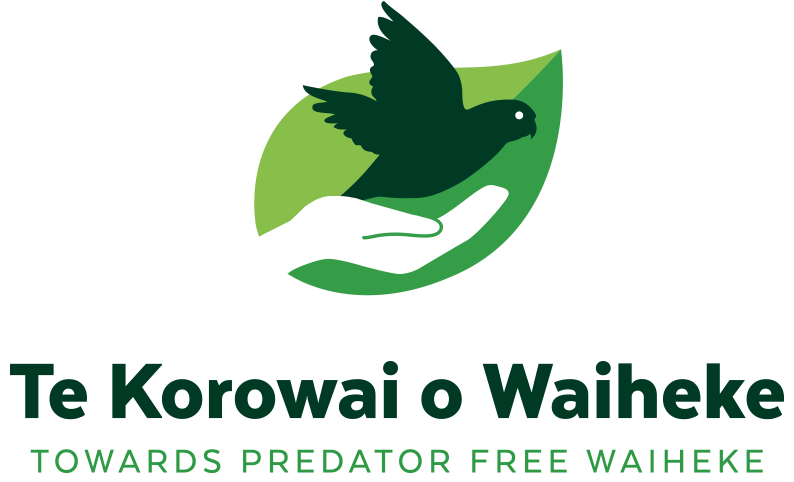A day in the life of Te Korowai o Waiheke's Communications Manager, Steve
A day in the life of Steve: Te Korowai o Waiheke’s Communications Manager
What does your day-to-day look like?
There hasn’t really been a standard day since starting work at Te Korowai o Waiheke. As a community-initiated project – the main objective of my role is to keep the community informed of the progress of the project. This can take the form of anything from community meetings and press releases to social media updates and school visits.
How did you get into this type of work?
Steve and his family
Having already had a relatively long career in marketing and communications, I really wanted to use this experience to do some good for my local community and environment. This opportunity ticked that box and popped up at just the right time for me.
What has your previous work experience looked like?
My previous experience has always been in communication and has included a range of food and drink businesses. One part of these roles that I particularly enjoyed was the CSR projects (Corporate Social Responsibility) including sponsoring and collaborating with charities such as Sustainable Coastlines and the Endangered Species Foundation of NZ.
What attracted you to working in conservation?
I think it would be hard to live on Waiheke and not have an appreciation for the environment and an interest in conservation. From the forests to the sea - it’s such a stunning, naturally beautiful island, and being just 35 minutes from the largest city in New Zealand creates such a stark juxtaposition.
How did you get to Waiheke?
Our family moved to Waiheke 4 years ago – initially, I was commuting to work, so it’s great to now have an Island-based job.
What’s the weirdest job you’ve had?
I don’t think I’ve had any really weird jobs, but I once had a job managing a bouncy castle –it was fun at first, but always left me feeling deflated.
What’s your best work story at Te Korowai o Waiheke?
I haven’t been in the role long enough for many stories, but as a relatively small organisation the team is tight-knit and things can move really quickly from an idea to actually happening. A good example was from the team door-knocking for permissions to participate in the current Oneroa trial – the team came across a few older people who were having some challenges in coping with overgrown gardens. The team quickly rallied, picked up their tools and set about helping out. It's a great win-win story where someone struggling was helped out - and we were able to make the garden less attractive to rats by removing potential food sources and cover.

